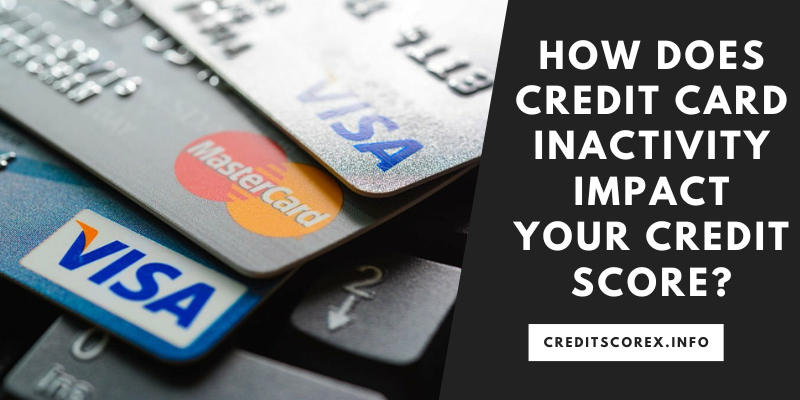
Credit cards are powerful financial tools that, when used responsibly, contribute to a positive credit history. However, what happens when these cards sit idle for an extended period? In this article, we’ll explore the implications of credit card inactivity on your credit score and why maintaining an active approach to your credit accounts is essential.
1. The Role of Credit Activity: A Credit Score Driver
Your credit score is a numerical representation of your creditworthiness, and it’s influenced by various factors. One critical element is your credit activity, which encompasses the usage and management of your credit accounts. Creditors and credit scoring models assess your credit activity to gauge how responsibly you handle credit.
2. Credit Utilization Ratio: A Dynamic Metric
Credit utilization ratio, or the ratio of your credit card balances to your credit limits, is a significant factor in credit scoring models. It reflects how much of your available credit you’re using and is a key indicator of your credit management habits. Low credit utilization is generally favorable for your credit score.
3. Inactive Credit Cards: A Potential Impact
When a credit card remains inactive for an extended period, it can affect your credit utilization ratio. If you have other active credit cards or loans, the impact may be minimal. However, if the inactive card represents a significant portion of your available credit, it could contribute to a higher overall credit utilization ratio.
4. Creditors and Scoring Models: Varying Approaches
Creditors and credit scoring models may handle credit card inactivity differently. Some scoring models may not penalize you for having inactive accounts, while others may consider the lack of recent activity when calculating your credit score. Creditors, on the other hand, might view inactive accounts as less relevant when assessing creditworthiness.
5. Impact on Average Age of Accounts: A Consideration
The average age of your credit accounts is another factor influencing your credit score. If an inactive credit card has been part of your credit history for a long time, closing it could potentially shorten the average age of your accounts. This, in turn, may have a slight impact on your credit score.
6. Avoiding Closure: Strategic Steps
To maintain a positive credit history, consider strategic steps to prevent creditors from closing your inactive accounts. Periodically use your inactive credit cards for small purchases and promptly pay off the balances. This not only keeps the account active but also demonstrates responsible credit use.
7. Periodic Reviews: Assessing Your Credit Portfolio
Regularly review your credit portfolio to assess the overall health of your credit accounts. Consider the impact of credit card inactivity on your credit utilization ratio and average age of accounts. If necessary, strategically use or rotate the use of your credit cards to keep them active without accumulating unnecessary debt.
8. Communication with Creditors: A Proactive Approach
If you anticipate extended periods of credit card inactivity, consider communicating with your creditors. Some creditors may offer options to keep your account open, especially if you have a history of responsible credit use. Discussing your situation with creditors can help you find mutually beneficial solutions.
9. Credit Monitoring: Staying Informed
Utilize credit monitoring services to stay informed about changes to your credit report and score. Regular monitoring allows you to detect any unexpected fluctuations or issues related to credit card inactivity. Addressing potential concerns promptly can help you maintain a healthy credit profile.
10. Balancing Act: Active but Responsible Credit Use
In conclusion, credit card inactivity can have a subtle impact on your credit score, particularly in the context of credit utilization and the average age of your accounts. To strike a balance, aim for active but responsible credit use. Keep your credit cards in rotation, use them for small purchases, and promptly pay off balances to demonstrate creditworthiness without accruing unnecessary debt. By staying informed and proactive, you can navigate the nuances of credit card inactivity and ensure your credit remains in good standing.
Leave a Reply